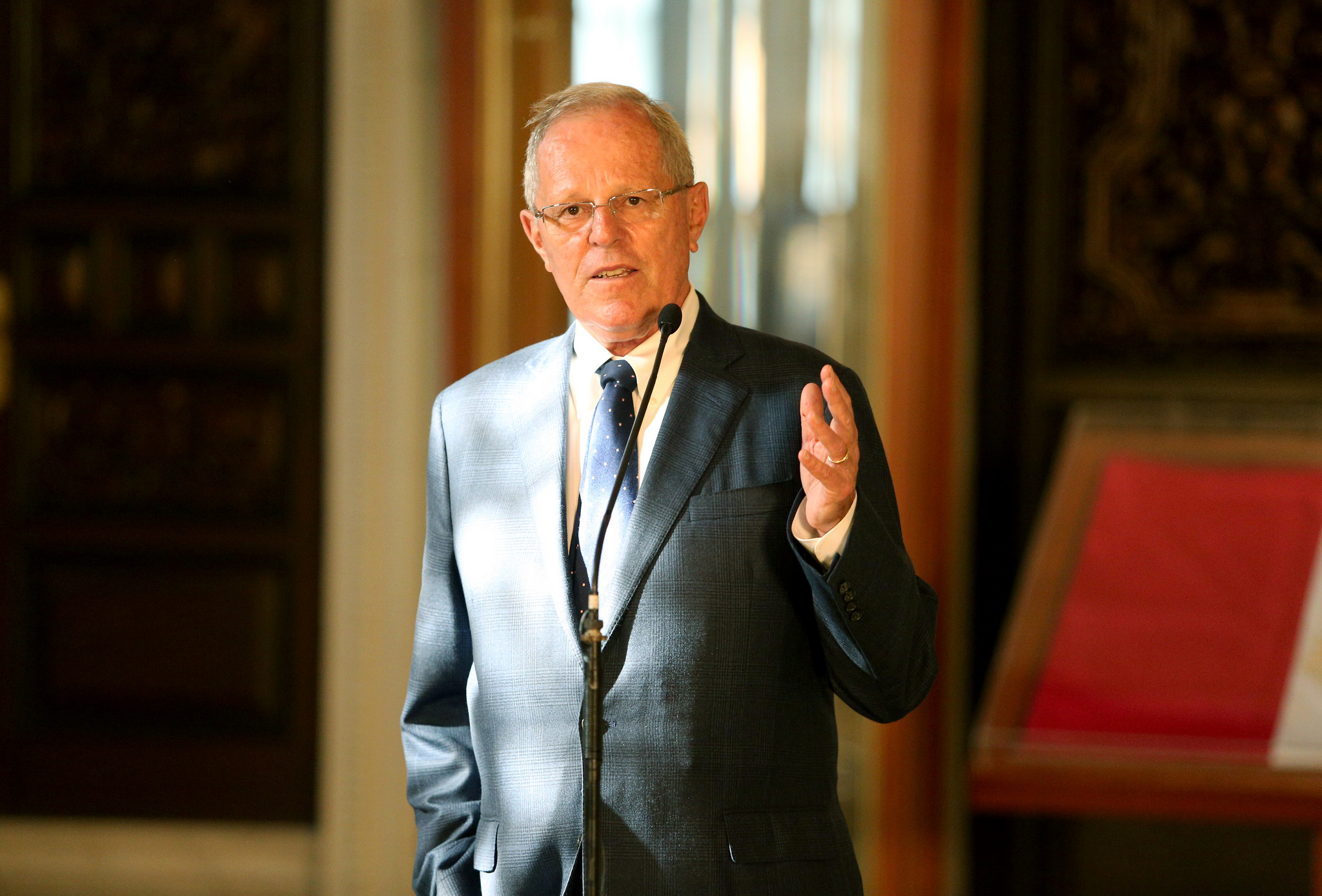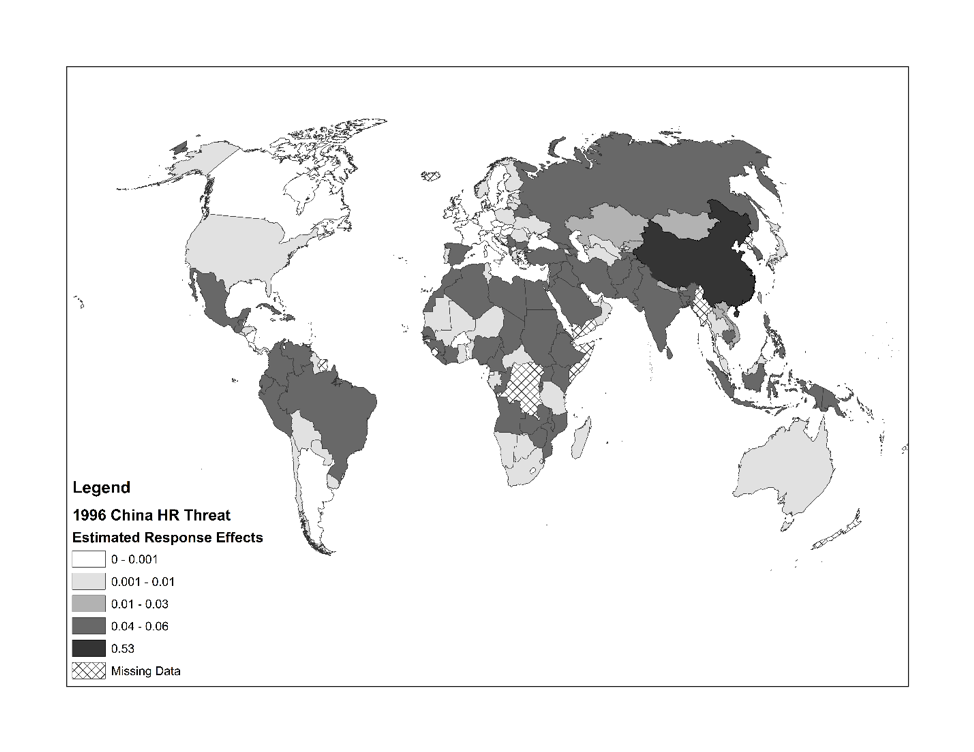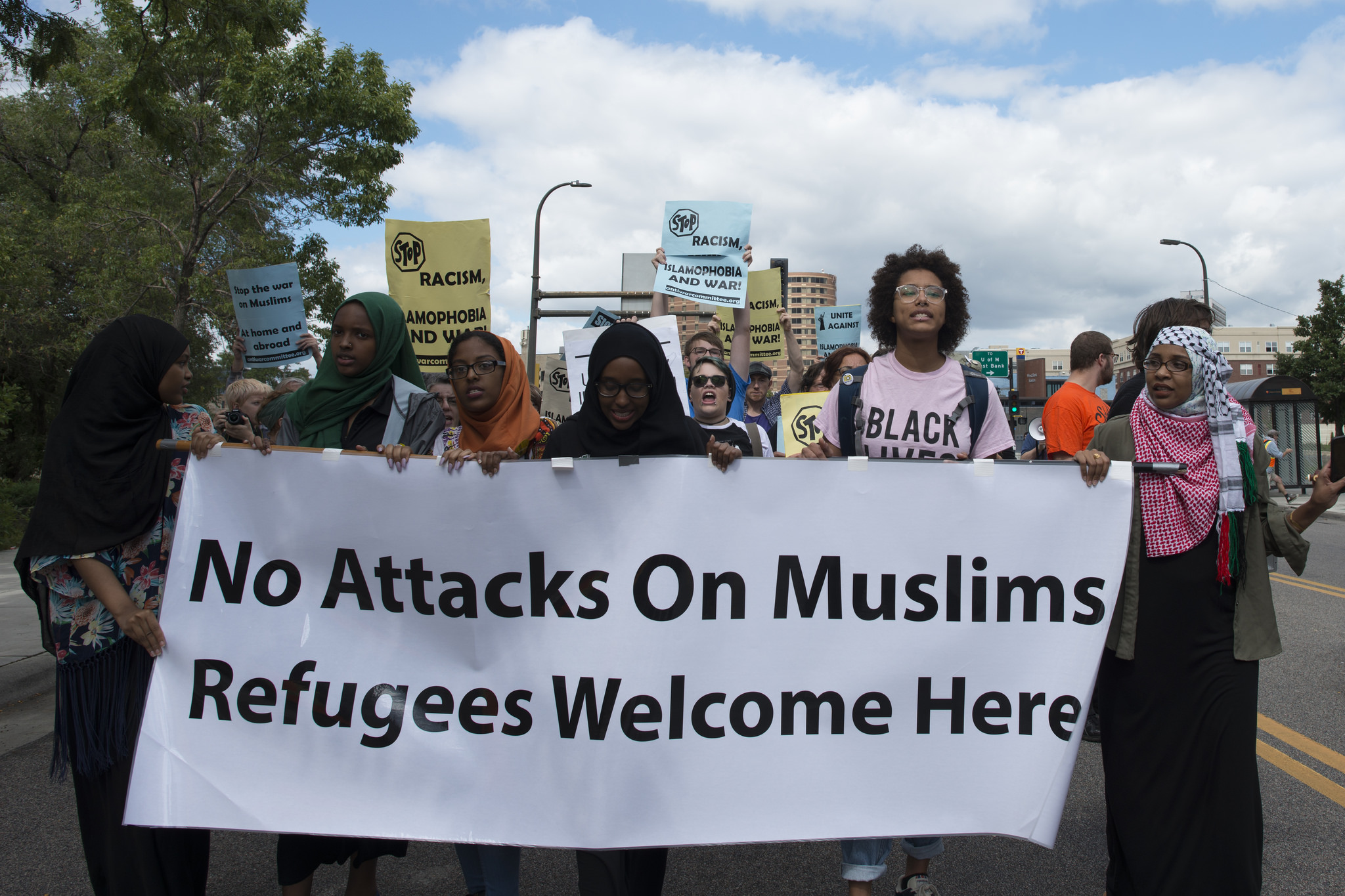By Devin Finn for Denver Dialogues.
Electoral politics sometimes reflects the legacies of violent contestation a country has experienced, exposing the contours of past injustices and providing some hope that they are being resolved. In Peru’s recent presidential election, a conservative technocrat prevailed over the dynastic candidate Keiko Fujimori – the 41-year-old daughter of former dictator Alberto Fujimori – by a notably slim margin: about 41,000 votes. Voters rejected the abuse of power that Fujimorismo signifies in modern Peru, demonstrating that memory of the civil war’s (1980-1992) violence and the authoritarianism that defined the 1990s could influence their political decisions.
When Leftist politician Verónika Mendoza, who had herself been eliminated from the presidential race in April’s first-round vote, announced a week before the election that she would support the business-friendly Pedro Pablo Kuczynski, people followed her lead. Mendoza encouraged her supporters to reject Fujimorismo, framing its legacy as: theft of state funds that could have paid for schools and hospitals; links to drug trafficking; bribery of journalists and media outlets during the 1990s; and extrajudicial use of violence. But Mendoza’s late-in-the-game embrace of Kuczynski mattered for reasons other than leftists’ strategy to defeat Fujimori. Her leadership of the new Broad Front party signifies a widening participation in politics, an acknowledgment that the diversifying and growing Left has constructive ideas for social reforms. In addition, this electoral campaign brought different forms of everyday mobilization to the fore – creative activism that promised to hold perpetrators of violence and rights violations accountable, and fulfill the promises of citizenship owed to victims of wartime crimes and the indigenous communities that continue to be left behind twenty years after the conflict’s end.
Just when papering over the crimes and impunity that the Fujimori family’s continued political relevance represents was on the verge of becoming possible with a Keiko victory, voters rejected a return to authoritarianism. Journalist Gustavo Gorriti called the election “a plebiscite between democracy and dictatorship that should be fought…to the final vote.”
Three notable trends emerged as the campaign unfolded and election results were released. First, expressive activism in the streets and online helped to lay bare modern Fujimorismo, not only reminding voters of its authoritarian record, but arguing that a return to it would damage Peru’s fragile democracy. Synthesizing the movement with hashtags – “NO to Narco-state,” “NO to Keiko,” and “Fujimori Never Again” – activists emphasized that with Fujimori in power the country would return to high-level graft, weakened institutions, and illegal enrichment of elites. Activists and politicians, including Mendoza, also encouraged people – particularly those who did not support either Fujimori or Kuczynski in the first round – not to spoil their votes in protest of the candidates in the second round. A blank or defaced ballot amounts to a lost opportunity; in fact, it would favor Fujimori’s candidacy. This emphasis on proactive and strategic voting worked: absenteeism rates and spoiled ballots reached comparatively low levels.
Through coordinated communications and demonstrations, activists and political organizations were able to frame Fujimorismo as a political phenomenon defined by the cynical and anti-institutional approach to governance embodied by former president Alberto Fujimori – and as a threat to democratic stability. Fujimorismo is not new to Peruvians, who have been voting for and against members of the family for almost two decades, and polls consistently showed Keiko likely to win. In the last weeks of the campaign, however, news emerged that the DEA was investigating Fujimori’s campaign manager Joaquin Ramirez for money laundering and ties to narcotrafficking, revelations that seized voters. At a time when crime and corruption constitute Peruvians’ two most pressing concerns, the visibility of Fujimorismo allowed opponents to cast Popular Force as a party of illegality and impunity.
Second, this focused and intensifying activism has meant that the political presence of the dead – including those who had been tortured, disappeared, and massacred during the war – is rising in Peru’s politics. Many ordinary citizens would prefer to forget the civil war and the scars it left behind. The trial and conviction in 2009 of Alberto Fujimori for human rights violations demonstrated Peru’s domestic capacity to hold political leaders accountable, but state reparations to victims of the war’s violence have stalled for years. While the marginalization of indigenous Peruvians remains a political fact, a product of everyday racism and institutionalized neglect, the social and ethnic fault lines that the war articulated may have begun to find expression in electoral mobilization. Pre-election protests expressed the demands for rights and desires for voice of those who suffered during the war. These groups include women, victims of state and rebel violence, and the disappeared. Social movements defended the rights of victims, including women who were forcibly sterilized by the Fujimori government and family members of wartime victims whose bodies have not been located, identified, and their cases investigated.
And in the weeks following the announcement of Kuczynski’s victory, victims’ rights groups received encouraging news. A long-awaited law passed by Congress in June 2016 and signed by President Humala instituted a national search policy, which mandates that the government prioritize its efforts to locate victims of enforced disappearance during the war. The Ministry of Justice and the Public Ministry must now take the lead on implementing the search policy and create a national registry of disappeared persons.
What happens to the people who fought, survived, fled, and witnessed violence? How does the occurrence of violence affect people’s political choices and roles in post-war political society? These questions have still not emerged as central to Peru’s political discourse, but this campaign pointed to shifting emphases and coherent, coordinated messages among defenders of democracy and accountability.
Third, on the whole, this election season has been a victory for the traditionally beleaguered Left, which gained 20 seats in the unicameral legislature. As a proportion of the chamber’s 130 seats, this appears to be a relatively scant showing by Mendoza’s Broad Front, particularly compared with the 73 seats – an absolute majority – achieved by Popular Force in Congress. But historically, Left parties have fragmented, divided, and managed little sustained support. The strides made by Broad Front remind some of the hopeful gains made by the Left in 1985, when leftist parties won 63 seats in the then-bicameral parliament. While the politics of opposition – voting against a political force instead of for a movement in construction – has long defined Peru’s polarized environment, in this case, voters did both, helping to build a more robust and vocal opposition while closing off Fujimori’s path to power.
But in such a close contest, the results are mixed. In Ayacucho, the department that experienced the greatest wartime violence and repression, a majority cast their votes for Fujimori. Overall, the department split, with some provinces electing Kuczynski by a margin of 5-15 percentage points, and others electing Fujimori by the same or a slightly greater margin.
Given Kuczynski’s narrow victory, uncertain mandate, and a Fujimorista-dominated Congress, the election raises questions. Will the political efforts that militants facilitated against Fujimorismo be sufficiently strong to generate active support for the Left? Or will “anti-politics” be limited to the historic victory of keeping Keiko out in 2016? The election calls to mind the historical tension between radical and reformist politics which divided the “legal Left” from its violent practitioners, primarily the Peruvian Communist Party-Shining Path. While the shadow of violence continues to color political contestation, at the same time it offers opportunities for resolving some of the tensions that the election exposed. Will Left politics continue to take place mainly in the streets? Will those who endured political violence thirty years ago find themselves part of a movement in which they participate actively and their voices are heard?
Devin Finn is a post-doctoral research fellow at the Sié Chéou-Kang Center for International Security and Diplomacy at the University of Denver.






